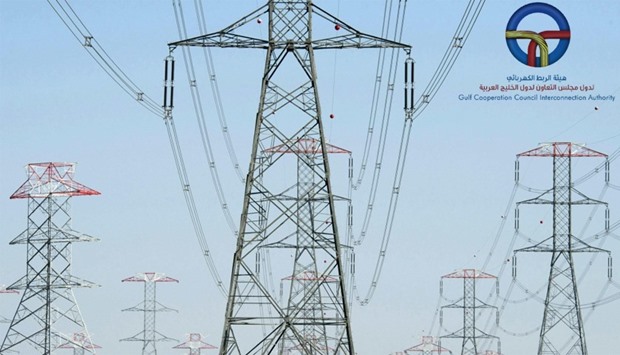Grid inter-connectivity between the GCC countries will generate $33bn in investments, economic and energy savings for the bloc over the next 25 years, according to Dun & Bradstreet.
The GCC Interconnection Authority (GCCIA), which owns and administers the super grid interconnecting the national grids of individual member states, reported that the grid interconnection contributed in excess of $1bn in savings to the GCC states over the past three years, it said in a bulletin.
In 2016, the power trading volume in GCC (Gulf Cooperation Council) region has already registered 1,320,000 MWh with participation of five of the six member states in trading activity and concluding more than 15 contracts, GCCIA said.
GCCIA is now working on the development of power market in the GCC region. Towards this, GCCIA held discussions with power exchanges around the world with proven track record in handling cross border power trade.
The GCCIA is a joint stock company subscribed by all the six member countries.
On December 31, 2001, the GCC Countries agreed to establish the GCCIA for interlinking the national power systems. In 2002, the authority made history by initiating its business through employment of staff, undergoing pre-qualification exercise, and the hiring of a consultant to conduct the tendering of the project.
In 2005, some 14 contracts were awarded totalling more than $1bn. Project execution began in November 2005 and ended in early 2009, where operations commenced. The project was segregated into three phases: The first phase, which interconnected Kuwait, Saudi Arabia, Bahrain and Qatar; the second phase is the internal integration of the UAE and Oman power systems; and the third phase to connect phase one with phase two.
The first phase member states were connected and have recently engaged in power exchanges amongst themselves. Future prospects will engage the authority in market operations between the GCC countries and hence create a regional power market exchange, the GCCIA said.

